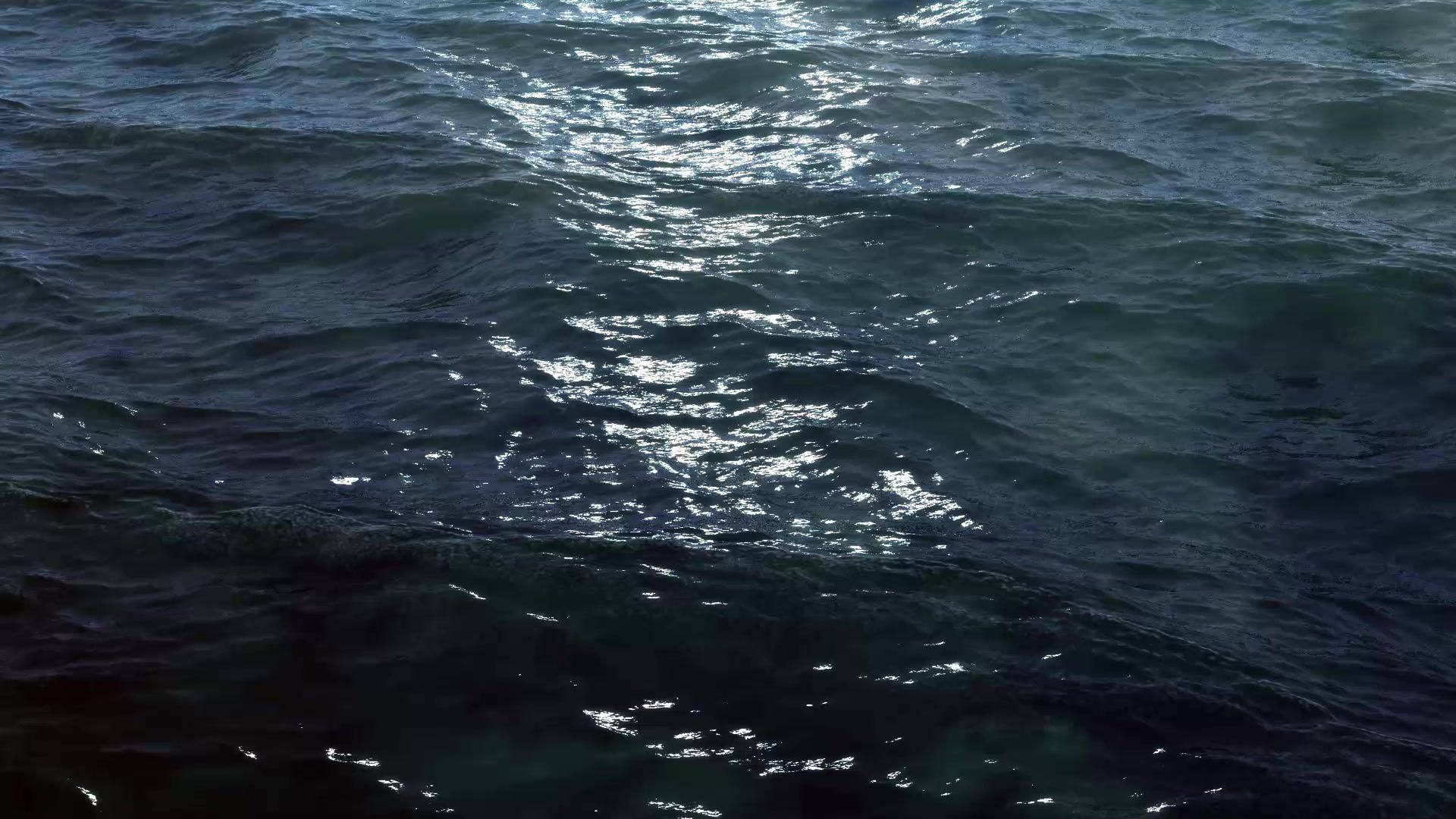
Call us today to find out more! 123-456-7890
Shark Attacks
Short Video About How An 18-Foot Shark Attacks Cage
Shark teeth are popular and often inexpensive beach souvenirs. Sharks shed their teeth constantly, and once one falls to the ocean floor, it’s quickly covered with sand.
Sharks’ livers contain lots of oil. This makes the liver a relatively buoyant organ, which helps sharks keep their balance in the water.

Although it’s heavily fictionalized, the film Jaws was based on a real incident in 1916, in which four people were killed by a shark off the New Jersey coastline.
Punching a shark in the nose or poking its eyes can help to fend it off during an attack. Aim for the sensitive eyes or gills — or, if your aim is off, the much bigger target of the snout. Most sharks don’t want to work that hard for their food and will swim away.
Tiger sharks, great white sharks and bull sharks are behind most shark attacks on humans.
Most shark attacks on humans occur within a few hundred yards of shore. That’s not because sharks stick to this part of the sea … it’s just where people are more likely to be.
You’d need a lot more than just a bigger boat to track down the shark responsible for a particular attack. Unlike what you saw in Jaws, sharks can travel hundreds of miles in a day, so it doesn’t take them long to leave the scene.
You may think of sharks as ravenous, man-eating terrors of the sea, but in reality, only 20 of the more than 350 species of shark — a small minority — are known to attack humans.

